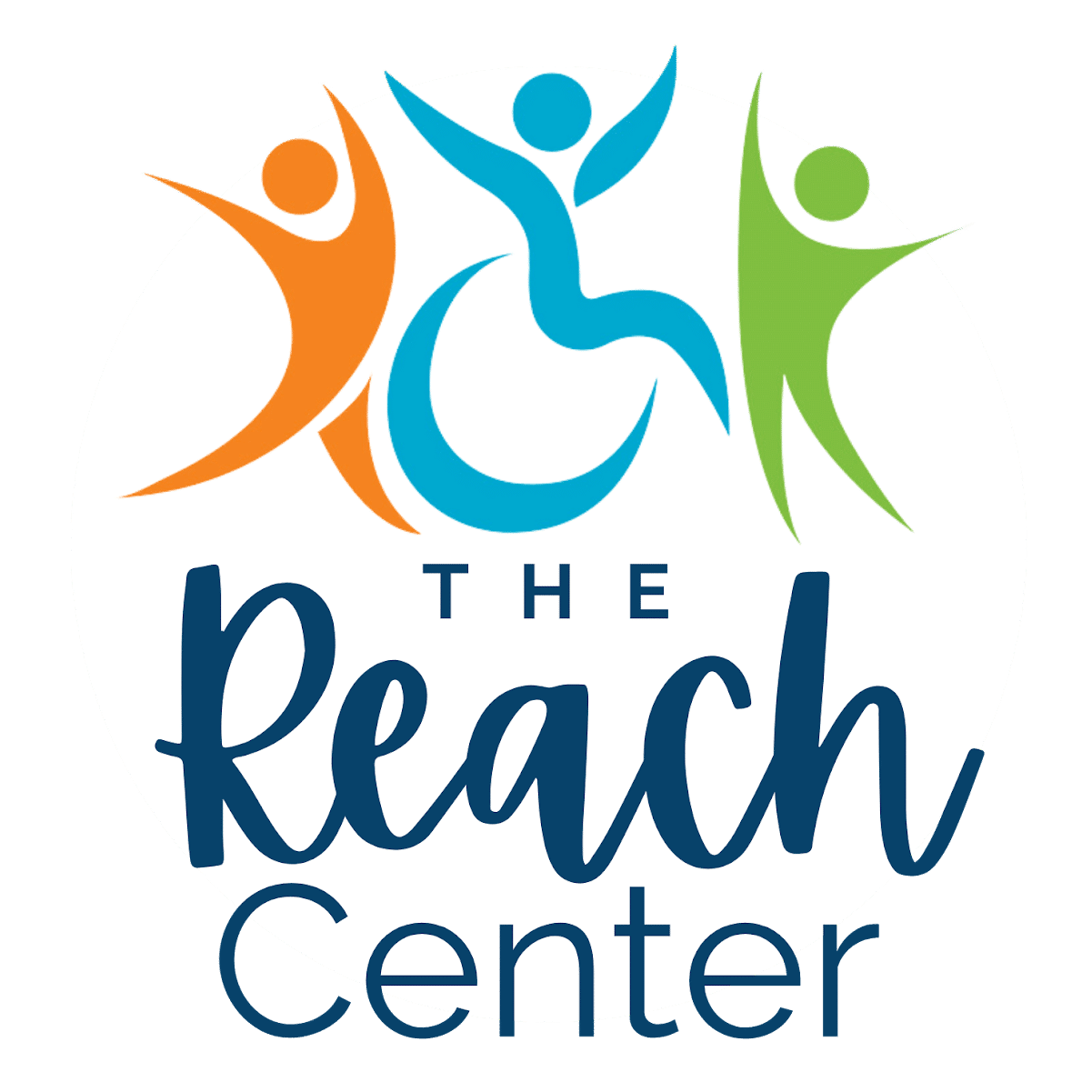Neuromuscular disorders are rare diseases that affect the muscles and nerves. They can cause a wide variety of symptoms, depending on the type of disorder. Some common symptoms include weakness, muscle wasting, difficulty walking or climbing stairs, and sensory problems. Many neuromuscular disorders require lifelong treatment and care.
Muscular dystrophy
Muscular dystrophy is a group of genetic diseases that cause progressive weakness and loss of muscle mass. Muscles used for movement, heart muscles and other organs are affected. There is no cure for MD, but treatments are available to help people maintain muscle strength and function for as long as possible. There are also emerging treatments involving advanced technology showing promise.
Types of muscular dystrophy
- Duchenne muscular dystrophy (DMD) – The most common type of MD affecting about one in every 3,500 newborn boys
- Becker muscular dystrophy
- Limb-girdle muscular dystrophy
- Facioscapulohumeral muscular dystrophy
- Distal muscular dystrophy
- Congenital muscular dystrophy
- Myotonic muscular dystrophy
- Oculopharyngeal muscular dystrophy
- Emery-Dreifuss muscular dystrophy
- Primary lateral sclerosis
Common symptoms of muscular dystrophy
Symptoms of muscular dystrophy vary depending on the type of muscular dystrophy. Some common symptoms include:
- Difficulty walking
- Difficulty climbing stairs
- Difficulty lifting objects
- Muscle fatigue and pain
- Shortness of breath
Treatment for muscular dystrophy
There is currently no cure for muscular dystrophy. However, treatments are available to help people with the condition manage their symptoms and improve their quality of life. Treatment may include:
- Physical therapy to improve muscle strength and mobility
- Occupational therapy to work on self care skills, hand function, etc.
- Medication such as steroids as well as newer treatments such as exon skipping medications and gene therapy
- Equipment such as wheelchairs, walkers and braces
- In some cases, breathing assistance or feeding tubes
Spinal muscular atrophy
Spinal muscular atrophy (SMA) is a rare but severe genetic disorder that affects the spinal cord, peripheral nerves and muscles. It is caused by a problem with the survival motor neuron (SMN) gene that causes problems with the nerves in the spinal cord, which results in weakness in the muscles. This gene provides instructions for producing a specific protein, which helps motor neurons send messages to muscles. Without enough of this protein, the communication between nerves and muscle cells doesn’t work properly.
The result can be stunted growth and weakness in all voluntary muscles, including those involved in breathing. SMA can affect people of any age, but it is most common in infants and children.
Symptoms of spinal muscular atrophy
Symptoms of SMA can vary depending on the severity of the disease and when the disease presents itself. Common symptoms include:
- Respiratory problems
- Difficulty chewing and swallowing
- Scoliosis
- Muscle weakness
- Issues with gross motor skills
Diagnosing spinal muscular atrophy
Spinal muscular atrophy is typically diagnosed in infants or young children based on characteristic symptoms such as muscle weakness and poor reflexes. Genetic testing can confirm the diagnosis.
Treatment for spinal muscular atrophy
Treatment options include:
- Physical therapy
- Occupational therapy
- Speech therapy
- Equipment to support mobility
- Medications (including novel treatments such as Zolgensma and Spinraza)
Congenital myopathy
Congenital myopathy is a rare muscle disorder that affects some newborns. It is caused by a genetic defect present at birth. The disorder results in the weakness of the muscles and can lead to problems with movement, breathing and swallowing. In congenital myopathies, genetic mutations cause defects in various proteins necessary for muscle tone and contraction.
Symptoms of congenital myopathy
Symptoms vary from child to child and can include:
- Muscle weakness
- Trouble walking or standing
- Fatigue
- Difficulty breathing
- Swallowing difficulties
Treatments for congenital myopathy
There is unfortunately no definitive cure for congenital myopathy. However, by using a multi-faceted approach to treatment, patients can improve their function. Common treatment options for congenital myopathy include:
- Physical therapy
- Occupational therapy
- Speech-language pathology
- Orthopedic equipment
- Pulmonary treatment
Peripheral neuropathy
Peripheral neuropathy is a neuromuscular disorder that affects the peripheral nervous system, which is made up of all the nerves outside of the brain and spinal cord. This system includes nerves that control movement, sensation and organ function.
Causes of peripheral neuropathy
There are many possible causes of peripheral neuropathy in children. Some of the most common causes include:
- Diabetes
- Vitamin B12 deficiency
- Autoimmune diseases, such as lupus
- Infections, such as HIV or lyme disease
- Trauma to the nerves
- Cancer
- Genetic peripheral neuropathies such as Charcot-Marie-Tooth
Symptoms of peripheral neuropathy
Symptoms can vary depending on the type of peripheral neuropathy a person has. However, common symptoms include:
- Burning, tingling, prickling sensation or sharp pains (frequently in the hands or feet)
- Numbness, loss of feeling
- Increased sensitivity to touch, pain or temperature
- Muscle weakness, cramps or twitching
- Difficulty with balance or coordination and walking and in more serious situations paralysis
Diagnosing peripheral neuropathy
Peripheral neuropathy can be difficult to diagnose because the symptoms can be similar to other conditions. Your doctor will do a physical exam and ask about symptoms. He or she may also order tests, such as blood tests, or nerve conduction and muscle studies to help diagnose peripheral neuropathy.
Treatment for peripheral neuropathy in children
There is no one-size-fits-all treatment for peripheral neuropathy. Treatment depends on the cause of the neuropathy and the impairment that results. Some people benefit from physical therapy, occupational therapy for functional goals. Some benefit from bracing to help with flexibility and stability in walking.
